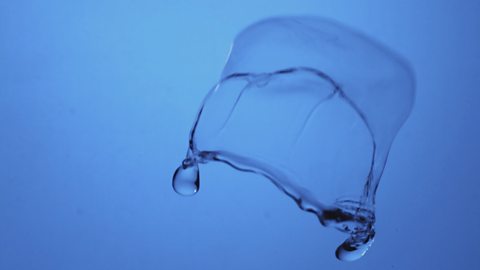Richard Hammond explores the properties of a tornado that has been created in laboratory conditions.
He learns about how tornadoes cause damage – it's the speed of the spinning within the tornado, rather than the speed and direction of the whole tornado.
The main cause of damage in a tornado is from the debris carried by the phenomena. Richard visits a tornado wind tunnel at the WindEE Research Institute in order to demonstrate how the speed of rotation can be modelled within loose scientific conditions.
He considers the effects of tornadoes before demonstrating how the speed of a tornado alters through a cross-section, tackling the misconception that tornadoes 'suck up' everything in their path.
Teacher Notes
Key Stage 3
This short film provides discussion points around experiment design and measurement. How can modelling a tornado inside a laboratory help people living in the real world?
For example, it’s very difficult to measure the velocity of a tornado in the real world due to the debris being carried. Compare the speed of the lab tornado with the Beaufort Scale – what damage would be done? How could Richard have designed the experiment to be more effective with more accurate and reliable results?
You could stop the clip after the segment with the ping-pong balls and discuss how to make the experiment better - what material could be used? What properties would that material have?
Key Stage 4
This short film could be a good introduction or revision of the forces involved in a tornado such a Coriolis. Students can be asked how they would work out the velocity within a tornado – what data would they need?
Curriculum Notes
This short film could be used to teach geography and physics at KS3 and KS4 in England, Wales and Northern Ireland and National 5 in Scotland.
At GCSE it appears in AQA, OCR A, EDEXCEL, EDUQAS, WJEC and CCEA, in SQA at National 5.
More from Richard Hammond's Wild Weather
How can you cool a drink using the sun? video
Richard Hammond uses a beach, a towel, water and a drink to demonstrate how evaporation can be used to cool liquid.
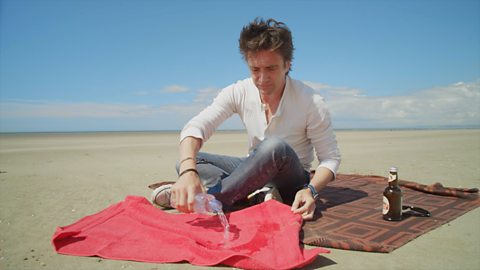
How does a thermal form? video
Richard Hammond demonstrates how thermals are formed through heat from the sun.
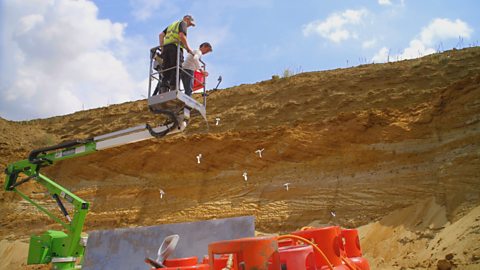
How does hail form? video
Richard Hammond explores the weather conditions that form hail.

How to see thunder. video
Richard Hammond visits Lightning Testing and Consultancy in Oxfordshire to take part in laboratory experiments that demonstrate the effect of thunder within controlled conditions.

How to use wind to forecast the weather. video
Richard Hammond demonstrates how we can forecast the weather simply by watching the way the wind effects the clouds.

What is the difference between rain and drizzle? video
Richard Hammond demonstrates a visual technique to distinguish between drizzle and rain.
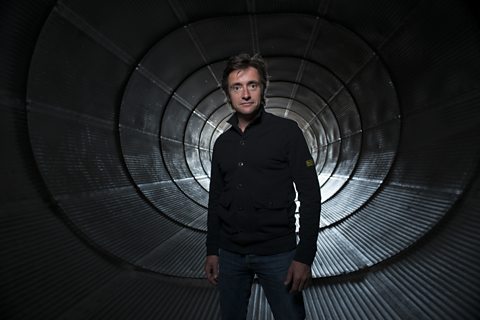
What is wind? video
Richard Hammond demonstrates how wind is created due to differences in air pressure.
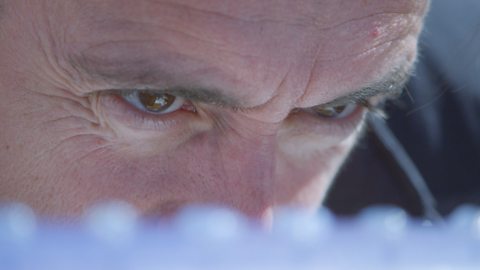
Why does water fall as rain? video
Richard Hammond demonstrates the effect of water on other physical objects.
